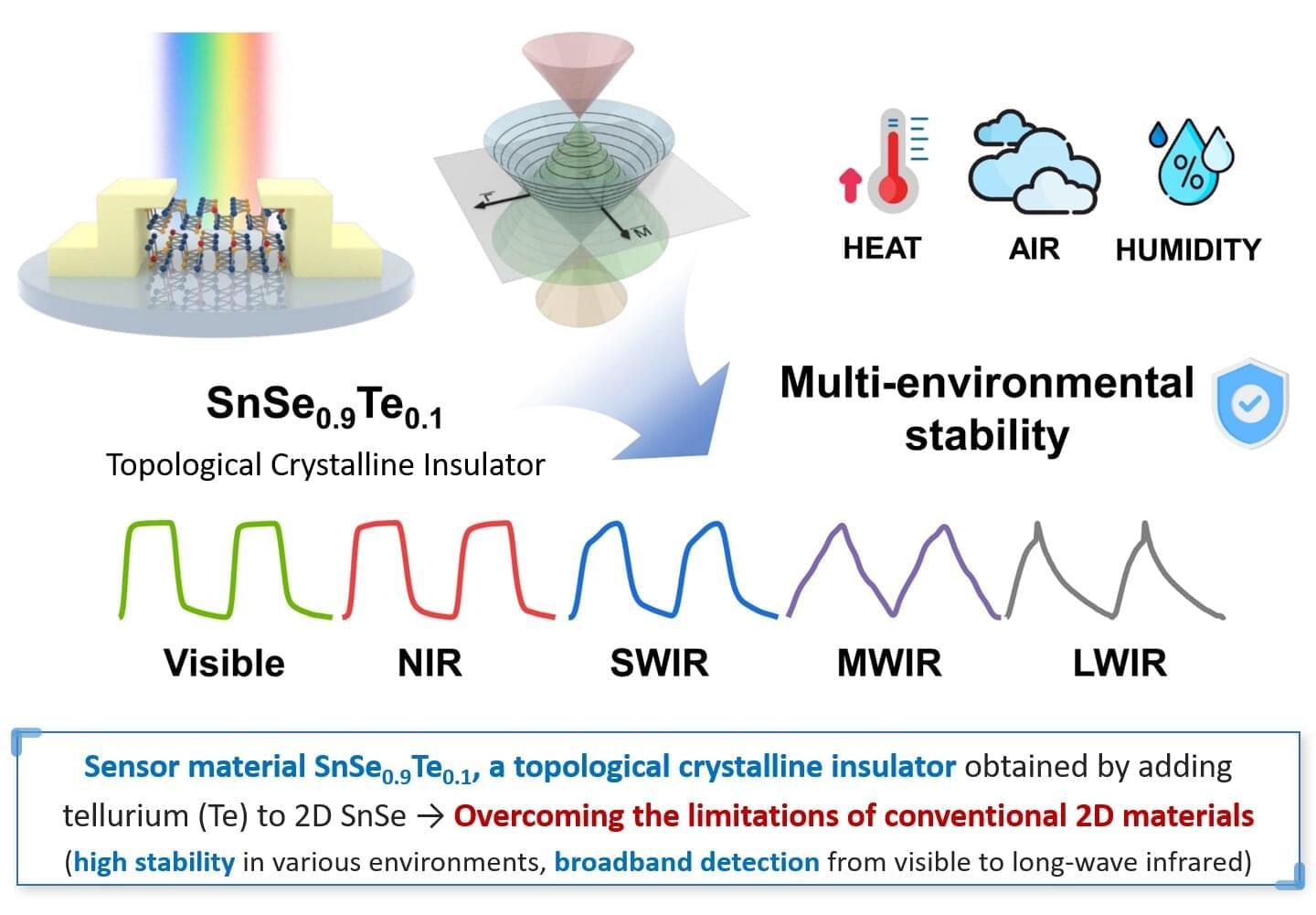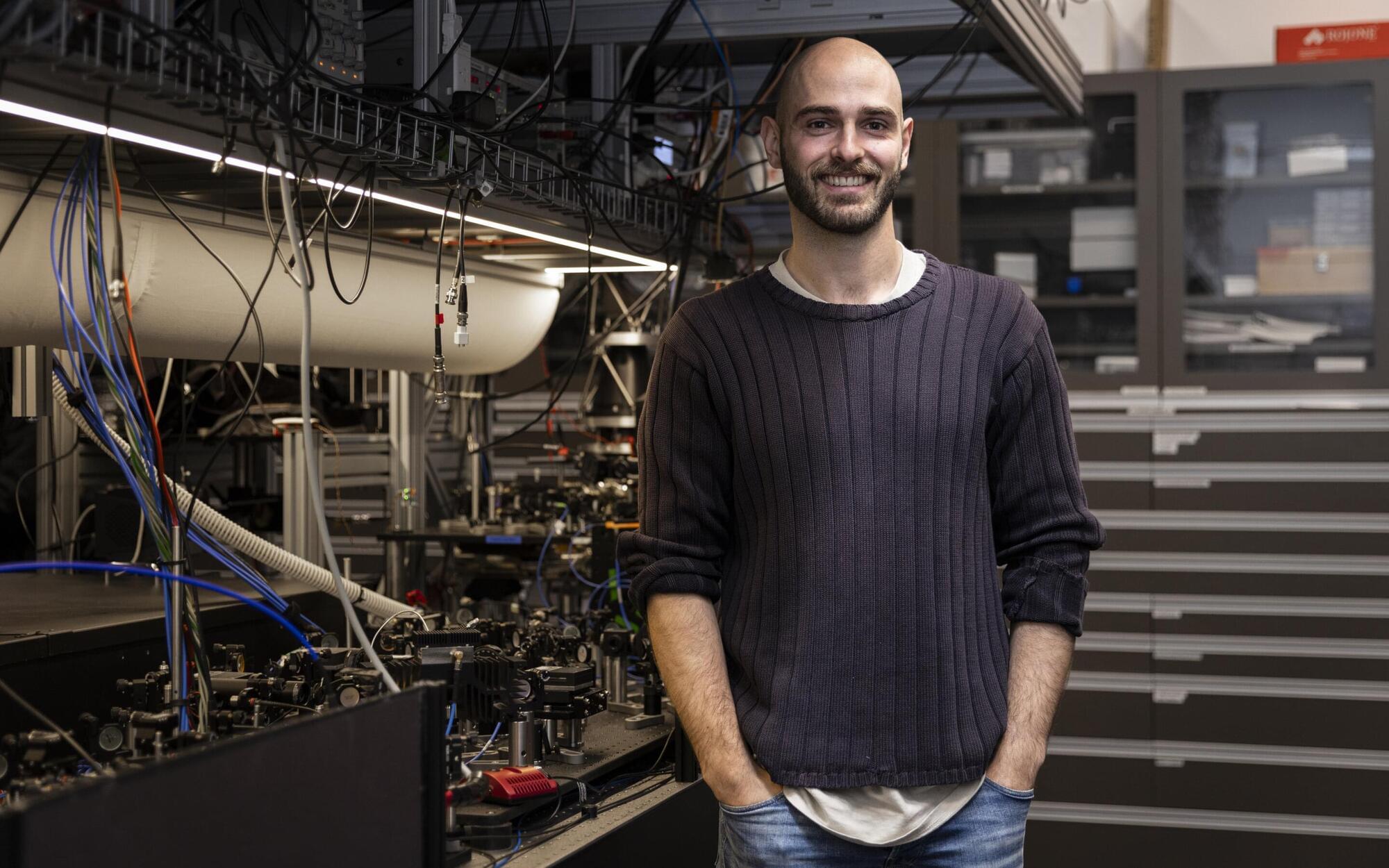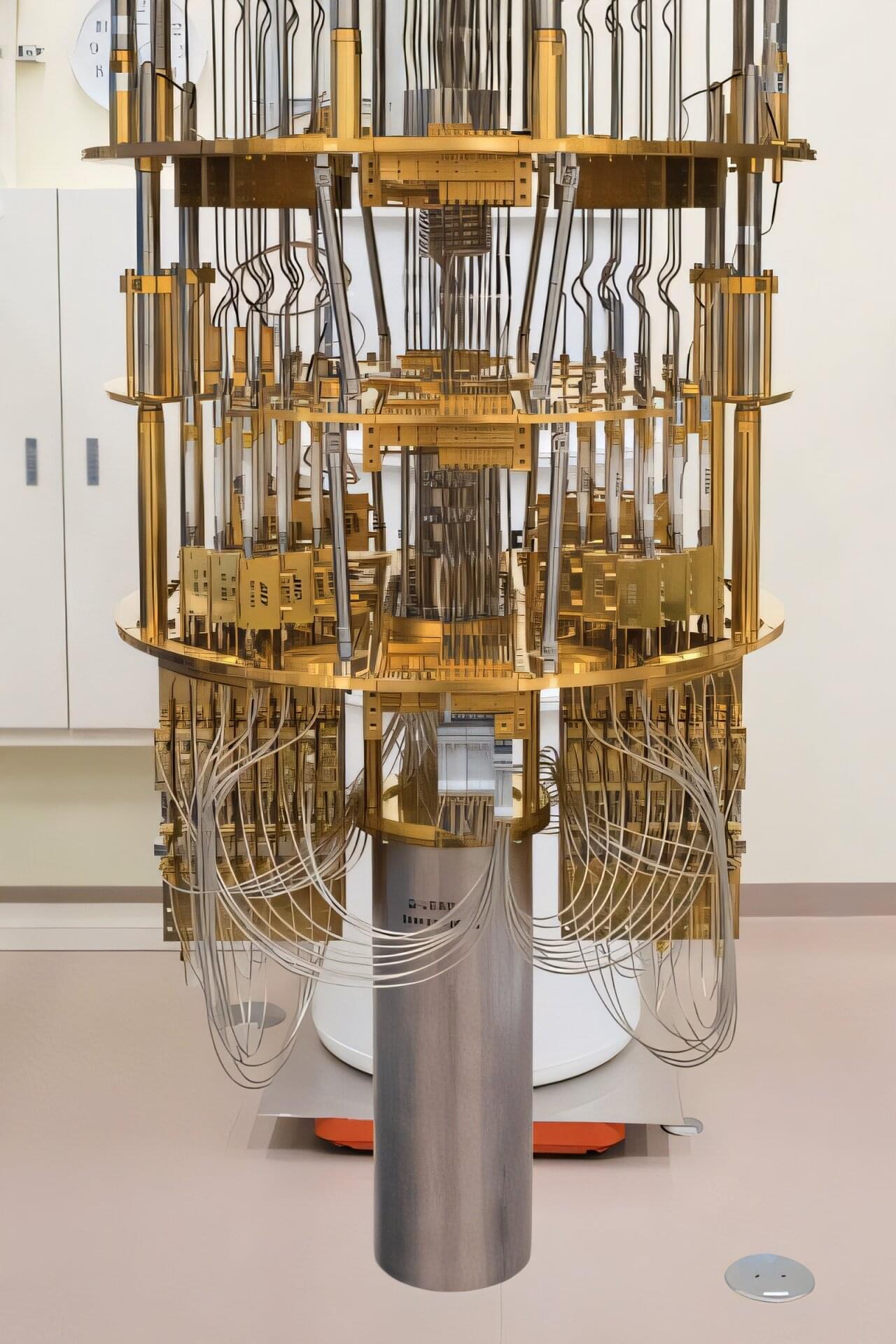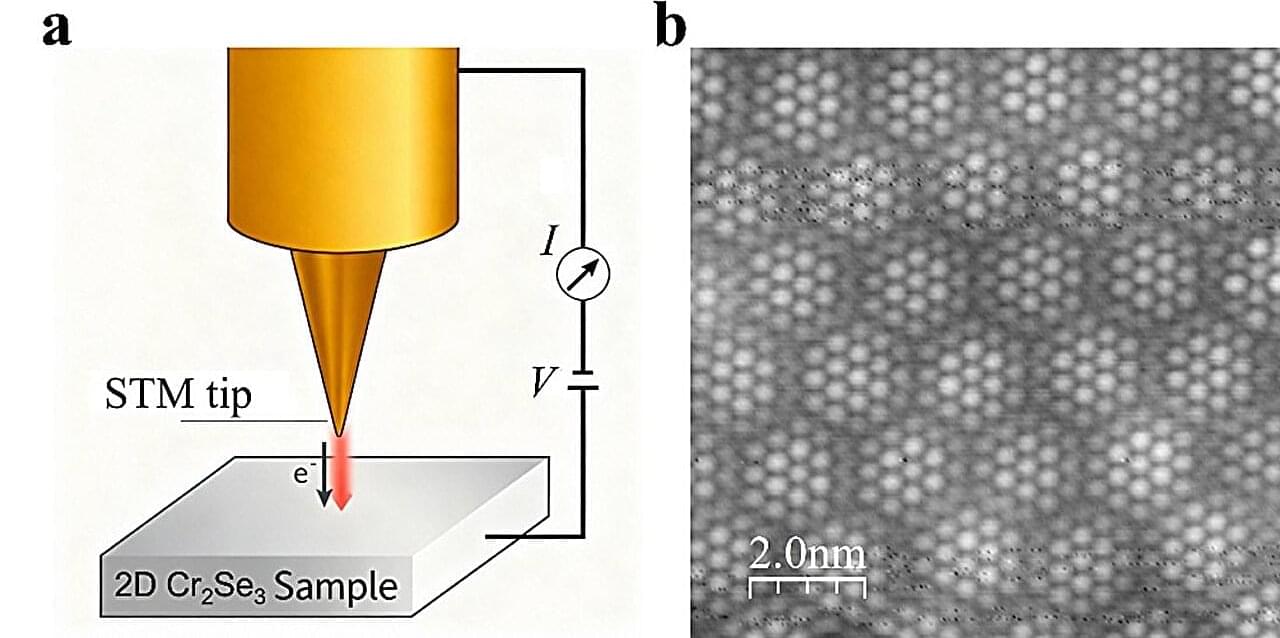A research team in South Korea has developed a next-generation sensor material capable of integrating the detection of multiple light wavelengths.
A joint research team led by Dr. Wooseok Song at the Korea Research Institute of Chemical Technology (KRICT) and Professor Dae Ho Yoon at Sungkyunkwan University successfully developed a new broadband photodetector material that can sense a wider range of wavelengths compared to existing commercial materials, and achieved cost-effective synthesis on a 6-inch wafer-scale substrate.
This research is published in ACS Nano.









